It’s 2025, and Jamie Oliver — the tousle-haired Brit once dubbed “The Naked Chef” — is still worth talking about. Not just because his estimated net worth hovers impressively in the multi-millions, but because his financial journey reads more like a survival epic than a simple success story. In an industry where fame is fleeting and restaurant chains fold overnight, Jamie has managed to reinvent himself, rebuild his empire, and stay not only relevant, but profitable.
But why does his wealth matter to us now? Maybe it’s because Jamie’s fortune isn’t just about cookbooks and cookware — it’s tied to food activism, high-stakes media deals, a public business collapse, and a brand that refuses to die. It’s rare to see someone bounce back with both bankability and public goodwill still intact.
In this deep dive, we’ll break down how Jamie Oliver built his fortune — and rebuilt it — through culinary media, brand savvy, and sheer determination. From his first gig behind a pub stove to multi-channel domination, we’ll look at what he’s worth in 2025 and how he got there. More importantly, we’ll explore what his story tells us about celebrity, risk, and the evolving recipe for wealth in today’s food world.
From Pub Kitchen to Prime-Time: Jamie’s Humble Culinary Origins
Before the global fame, the cookbook empire, and the kitchenware deals, Jamie Oliver was just a kid chopping veg in his parents’ pub in Clavering, Essex. The Cricketers wasn’t fancy, but it was alive — the clang of pans, the scent of rosemary roast, the warmth of a family kitchen humming with purpose. It’s where Jamie first fell in love with food, not as a fine art, but as something tactile, joyful, and shared.
By his teens, it was clear he wasn’t just another lad helping out on weekends. He had a feel for flavor and a speed with a knife that made seasoned chefs take notice. After culinary school, Jamie’s path led him through a gauntlet of kitchens, including the iconic River Café in London. It was here — in the polished, produce-obsessed world of Italian fine dining — that everything changed.
One fateful day, a BBC film crew happened to be shooting a documentary at the restaurant. Jamie, full of charm and charisma, unintentionally stole the spotlight. He wasn’t trying to perform — he was just being himself: fast, funny, and genuinely excited about fresh basil.
That accidental cameo was a lightning strike. Within a year, The Naked Chef was born — a show that brought rustic, no-fuss cooking into British living rooms with an energy no one had seen before. It wasn’t just the food. It was him — the way he said “lovely jubbly” while tossing pasta, the off-script ease, the way he made cooking look like an invitation rather than a lesson.
Jamie Oliver wasn’t just stepping into the spotlight. He was reshaping what it meant to be a chef on screen.
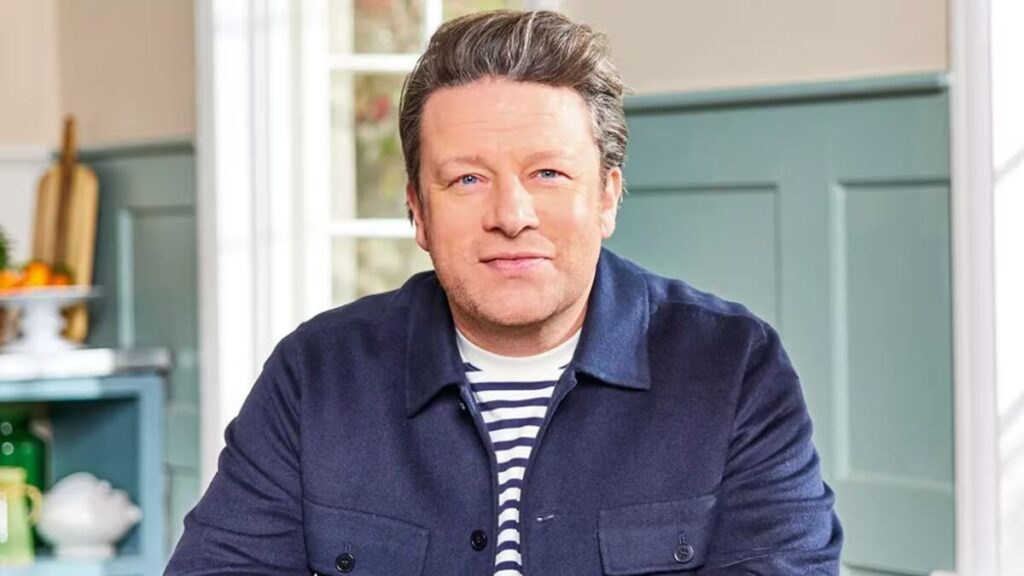
Building a Culinary Media Empire Beyond the Stove
Jamie Oliver didn’t just ride the wave of culinary TV — he helped invent it. In the early 2000s, while other chefs shouted across kitchens or stayed chained to rigid formats, Jamie brought something lighter to the screen: a sense of play. His hands were in the dough, the camera followed him through London markets, and it felt like he could be your mate showing you how to roast a chicken over a pint.
That tone — approachable, energized, a bit messy — proved to be his superpower. His media persona wasn’t curated; it was contagious. Publishers and broadcasters quickly recognized that Jamie didn’t just sell recipes — he sold trust. That trust translated into blockbuster book deals (he’s published over 25 cookbooks, many topping UK charts) and globally syndicated TV shows that aired in over 100 countries.
But he didn’t stop at the bookshelf or the BBC. Jamie evolved with the media landscape, embracing the streaming age with fresh formats. YouTube became a natural playground, allowing him to control tone and pacing while reaching a younger, global audience. Jamie’s Super Food and Keep Cooking and Carry On reflected not just his culinary skills but his cultural timing — comfort food in crises, health-forward cooking in an era of wellness obsession.
Crucially, Jamie’s empire isn’t just built on quantity — it’s the consistency of his brand across formats that has made it profitable. He’s managed to be both the face and the engine of a multi-platform media machine, where content is never just content — it’s a doorway into his lifestyle, values, and quietly expanding commercial world.
Restaurants, Retail, and Risk: The Business Bets That Shaped His Wealth
For a while, Jamie Oliver wasn’t just the name on the cookbook — he was the name above the door. Jamie’s Italian, launched in 2008, was his bold attempt to bring affordable, high-quality Italian food to the British high street. And for a few years, it worked like a charm. The rustic wooden tables, casual buzz, and “Jamie-style” flair struck a chord with diners tired of bland chains. At its peak, the restaurant empire spanned more than 40 locations across the UK and several internationally.
But behind the scenes, cracks were forming. Rapid expansion, inconsistent quality, and rising costs in an unforgiving hospitality market began to weigh the brand down. When Jamie’s Italian collapsed into administration in 2019, shuttering most locations and costing over a thousand jobs, it wasn’t just a financial hit — it was a public reckoning. Critics and media headlines questioned whether the celebrity chef had overreached, and loyal fans were left wondering if the Jamie they trusted had become just another corporate casualty.
To his credit, Jamie didn’t dodge the fallout. He publicly acknowledged mistakes — admitting the business grew too fast and failed to adapt to changing tastes and economic pressures. The sting of that collapse reshaped him. Since then, his ventures have become leaner, more focused, and rooted in partnerships rather than empire-building.
Instead of fading, Jamie rebounded — sharpening his commercial instincts and taking fewer but smarter risks. His kitchenware line thrives. His collaboration with Tesco reflects a more grounded, family-first brand. The emotional takeaway? Failure didn’t diminish him — it clarified him. In an industry where ego often trumps reflection, Jamie’s greatest asset may be his willingness to learn — and try again.
The Jamie Oliver Brand: Licensing, Endorsements & Strategic Partnerships
Jamie Oliver didn’t just build a brand — he became one. His image as the cheeky, down-to-earth, no-nonsense chef next door has been carefully nurtured across every product he touches. And that image, equal parts family-friendly and food-conscious, has unlocked a licensing goldmine.
Think beyond cookbooks. Jamie-branded cookware, utensils, bakeware, and even sauces have lined shelves from the UK to Australia. These products don’t scream “luxury”; they promise accessibility. You’re not just buying a frying pan — you’re buying into Jamie’s kitchen ethos: fresh, simple, honest.
Then there’s his long-standing partnership with Tesco, which goes far beyond a celebrity endorsement. It’s a values-aligned collaboration rooted in budget-friendly meals and healthier eating — a narrative that fits Jamie’s food activism and boosts Tesco’s image simultaneously. In other markets, like Australia, his collaborations with Woolworths have followed a similar playbook: authenticity meets scalability.
What’s clever is how he’s kept these ventures from feeling overly commercial. By tying each one back to his mission — better food for more people — Jamie maintains public trust even while building a global product line. He isn’t selling for the sake of selling; he’s extending his food philosophy into homes worldwide.
Still, walking that line between commerce and credibility is tricky. And yet, Jamie’s brand has endured because it feels lived-in, not manufactured. That’s his secret weapon: commercial appeal without the corporate gloss.
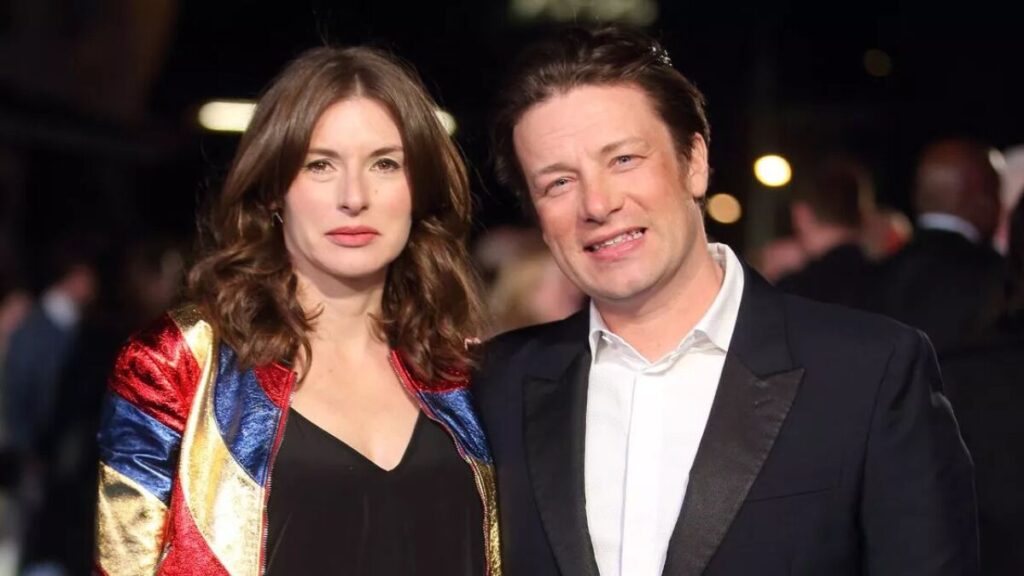
Jamie Oliver’s Net Worth in 2025: Breaking Down the Numbers
As of 2025, Jamie Oliver’s estimated net worth sits comfortably around $200 million, according to sources like Parade and industry insiders. It’s an impressive figure, but more intriguing is how that wealth has evolved and diversified over the decades.
Jamie’s fortune isn’t built on just one pillar. It’s a layered portfolio that mirrors his evolution from chef to media entrepreneur. Cookbooks remain a major earner, with over 50 million sold globally, many of them bestsellers, and they provide a steady stream of royalties. Television, too, continues to pay dividends. Syndicated shows, international streaming rights, and newer digital series (including YouTube and cooking masterclasses) extend his media reach well beyond the UK.
Then there are strategic partnerships and licensing: from kitchenware lines with Tefal to long-term supermarket collaborations with Tesco, these deals bring both cash and brand reinforcement. His restaurant ventures, while once a major financial drain, have now been streamlined into selective projects and consulting roles, minimizing risk.
What’s changed in recent years is Jamie’s pivot to sustainable, recurring revenue, prioritizing licensing, content ownership, and partnerships that scale globally without the operational weight. He’s moved from front-of-house to back-end mogul.
In short, Jamie Oliver’s wealth is less about flash and more about structure. It’s the anatomy of a brand that’s matured, leaner, smarter, and still very much alive.
How Jamie’s Wealth Compares to Other Celebrity Chefs
In the upper ranks of culinary celebrity, Jamie Oliver holds his own — but his financial trajectory tells a different story than many of his peers. While Gordon Ramsay may top the charts with a reported net worth $220 million, and Nigella Lawson maintains her niche with an estimated $20 million, Jamie’s estimated $200 million in 2025 places him in a unique middle ground: not the richest, but arguably the most adaptively influential.
Unlike Ramsay, whose empire leans heavily on high-end restaurants, U.S. television deals, and Hell’s Kitchen–style franchising, Jamie has consistently focused on mass accessibility. His branding is less fire and fury, more family-friendly — a tone that translates well into books, licensing, and mainstream retail. His cookbook success alone, with more than 50 million copies sold, far surpasses many of his peers in reach and consistency.
Then there’s the UK vs. US market dynamic. Ramsay’s brand thrives on American prime-time energy and reality TV grit. Jamie’s empire is more rooted in British sensibilities, where TV cooking remains less combative and more educational, and where supermarket partnerships like Tesco matter more than Michelin stars.
What’s the “Jamie factor”? He can weave activism, education, and commercial appeal into one narrative — one that’s trustworthy, recognizable, and deeply personal. His setbacks (like the fall of Jamie’s Italian) didn’t end his brand; they reshaped it into something leaner and more focused. Where others might have cashed out or faded, Jamie evolved.
Money Meets Mission: The Impact of Jamie’s Food Activism on His Brand
Jamie Oliver has never been content to just sell recipes — he’s long used his platform to stir political pots, too. From his high-profile School Dinners campaign in the mid-2000s to vocal support for the UK’s Sugar Tax, Jamie has stepped into activist territory that few celebrity chefs dare to enter. And while his intentions have often been applauded, the impact on his brand has been more complex.
His school food crusade, for example, led to measurable policy shifts and earned him both awards and ire. Many parents admired his fight for healthier meals; others bristled at what they saw as “food snobbery.” The backlash was loud at times, especially from those who felt judged for feeding their kids on tight budgets. But even critics acknowledged his persistence — and that persistence deepened his brand’s authenticity.
These campaigns may not have always translated directly into profit, but they fortified something arguably more valuable: trust. Jamie isn’t just a media figure — he’s perceived as someone who genuinely cares, even when it costs him. Behind the scenes, insiders say these battles were emotionally draining, but strategically, they set him apart from peers who played it safer.
In the end, Jamie’s activism blurred the line between mission and market. And that blend — messy, passionate, principled — has become central to the story of his enduring influence.
If You’ve Ever Watched Jamie Cook, You’ve Bought into His Brand
I remember watching 30 Minute Meals in my first apartment — tiny kitchen, dodgy burners, barely enough counter space for a chopping board. But there was Jamie, sleeves rolled up, tossing herbs like confetti, telling me it didn’t have to be perfect, just fresh and fast. It didn’t feel like a show. It felt like a friend showing you how to pull off dinner without losing your mind.
That’s always been the magic of Jamie Oliver. He talks to you, not at you. His energy is infectious, but never showy. Whether he’s stirring risotto or campaigning for school food reform, he wears the same scruffy charm and moral clarity. You don’t question whether he means it — you feel it. And in a world stuffed with curated perfection, that kind of sincerity is rare currency.
People trust Jamie not just because he knows food — plenty of chefs do — but because he makes you believe you can do it, too. There’s an emotional accessibility to his brand, one that wraps you in warmth, not expertise. And once you’ve felt that connection, you’re in. You’ve bought into Jamie Oliver — not just the chef, but the person behind the plate.
What’s Next? Future-Proofing Jamie’s Wealth and Legacy
As Jamie Oliver edges into his fifties, the question isn’t whether his brand will survive — it’s how it will evolve. The Jamie Oliver economy has always been nimble, and if recent moves are any clue, he’s already laying the foundation for a more digitally native, values-driven legacy.
In 2023, Jamie quietly ramped up his digital offerings — more short-form content, online cooking courses, and platform-friendly recipes tailored to Gen Z’s attention span and appetite for sustainability. There’s even talk of partnerships in the tech-food space, from AI recipe tools to augmented-reality kitchen coaching. If The Naked Chef made him a star on TV, it’s not far-fetched to imagine The Virtual Chef shortly.
But tech isn’t the whole picture. Jamie’s long-standing advocacy for better food systems — from soil health to child nutrition — positions him well for a future where ethical consumption is no longer niche. Expect him to go deeper into sustainability, food education, and global partnerships that align profit with purpose.
In short, Jamie’s not just future-proofing his brand — he’s evolving it for a generation that demands both value and values. And knowing Jamie, he won’t be doing it quietly.
The Recipe for Wealth in the Culinary World, Jamie Oliver Style
Jamie Oliver’s financial journey isn’t just a success story — it’s a masterclass in staying power. He’s weathered public scrutiny, a restaurant collapse, changing media landscapes, and generational shifts, all while keeping his brand not only intact but evolving. His wealth was never built on flash-in-the-pan trends; it came from consistency, relatability, and a refusal to separate passion from purpose.
For aspiring entrepreneurs, creatives, or anyone trying to build something meaningful, Jamie’s path offers a powerful lesson: authenticity scales. When people trust you, they’ll follow you from cookbooks to campaigns, from kitchenware to causes. Money may follow fame — but longevity follows integrity.
Back in 1999, The Naked Chef felt like a revelation because it made cooking feel like something anyone could do. In 2025, Jamie Oliver’s empire stands as proof that the same principle applies to building a legacy: make it real, make it human, and don’t be afraid to get your hands messy.
Mohit is a finance and entertainment writer specializing in celebrity wealth, brand strategy, and media empires. As Co-Founder of TheNetWorths.com, he brings over a decade of experience analyzing public income streams, endorsement deals, and the evolving creator economy.


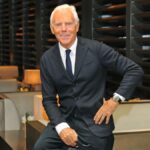




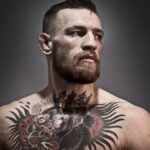

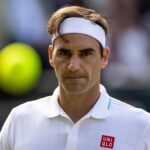


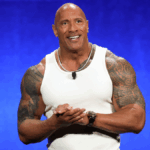
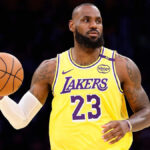

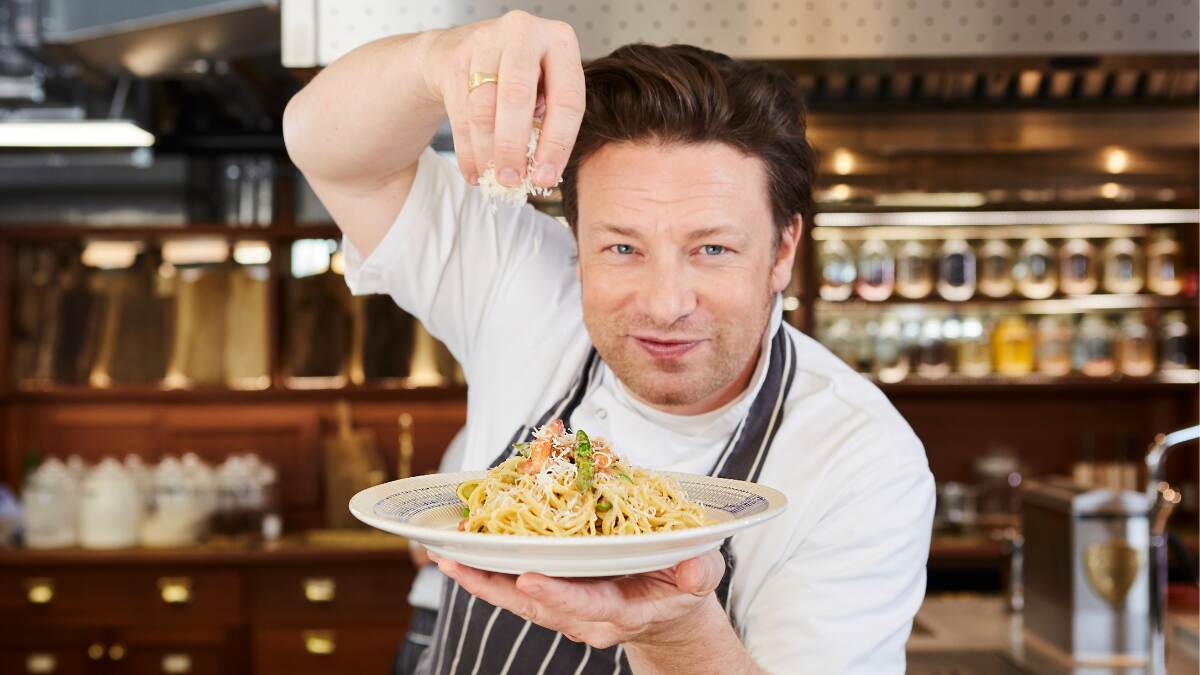

1 thought on “Jamie Oliver Net Worth 2025: How the Celebrity Chef Built a $200 Million Empire”